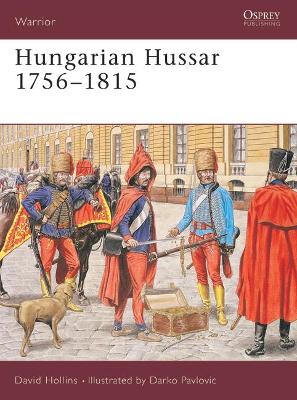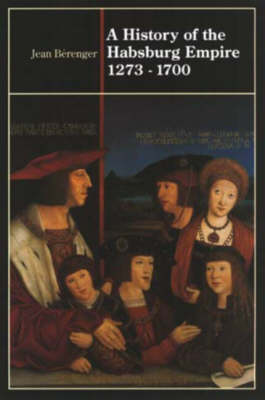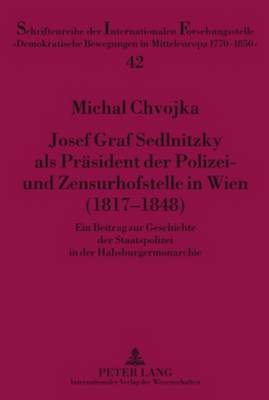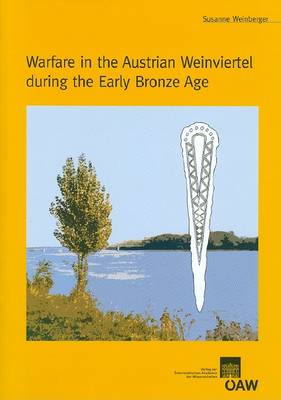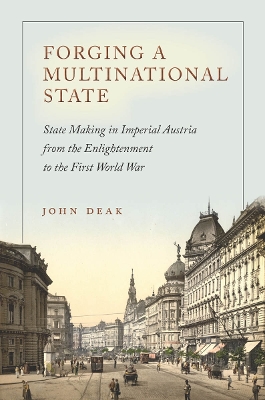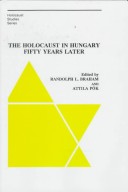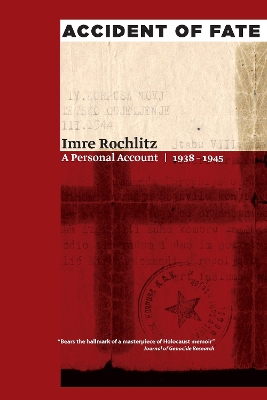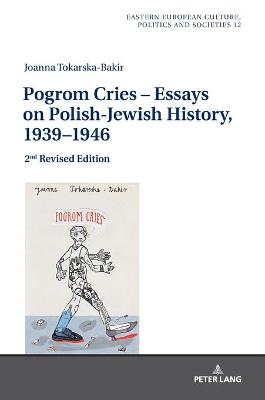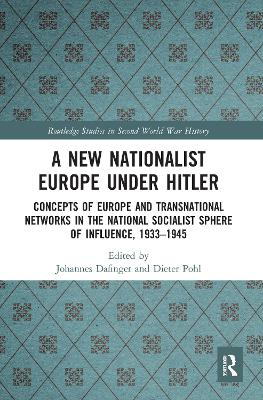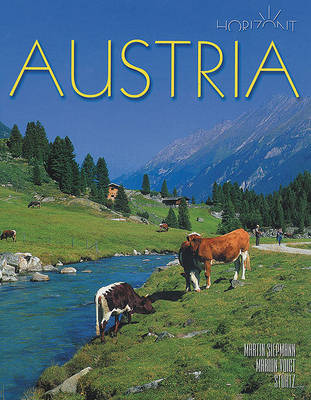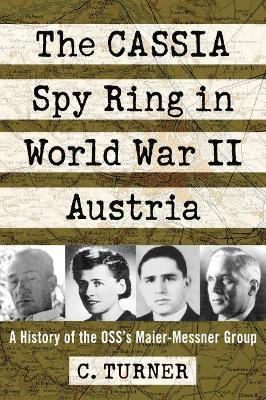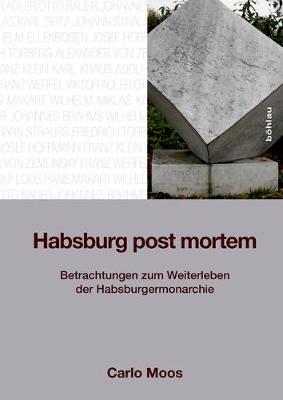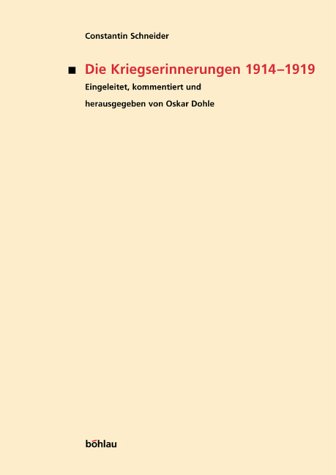Hungary was the home of the elite Hussar. These skilled, daring and flamboyant light cavalrymen were first drawn for Hapsburg service from what is now northern Croatia, Serbia, Slovakia and Hungary in the late 17th century. It was not long before most nations in Europe adopted both Hussar formations, uniform and equipment, notably France, Britain and Prussia. This title covers a dynamic and glamorous period, during which the Hussars were increasingly regulated within the Hapsburg army, and devel...
The first part of a two-volume history of the Habsburg Empire from its origins in the late medieval period to its dismemberment in World War 1. This volume, which is self-contained, meets a long-felt need for a systematic survey of the Habsburgs in the early modern period. It is primarily concerned with the lands and peoples who had been brought under the personal rule of the Habsburg dynasty by the end of the Middle Ages - notably the Germans, Austrians, Czechs and Hungarians. The family histor...
Geburt, Taufe Und Kirchgang in Der Fuerstenwelt Des Alten Reichs
by Hauke Petersen
Die Geburt eines furstlichen Kindes war in der Fruhen Neuzeit nicht nur ein Grund zur familiaren Freude, sondern weckte auch Hoffnungen auf Erhalt und Steigerung dynastisch-politischer Macht. Sinnbildlich wurden diese Erwartungen im Tauffest mit der Aufnahme des Kindes in die furstlich-weltliche und kirchliche Gemeinschaft. Im gesamten Verlauf von Schwangerschaft, Geburt, Taufe, Wochenbett und Kirchgang wurden Zeremoniell und Ritual genutzt, um politische Macht darzustellen und zu gestalten. Anh...
Die Zweite Republik OEsterreich und ihre Besonderheiten (Schriftenreihe Des Forschungsinstituts Fur Politisch-Histori, #76)
by Lothar Hobelt
Diese Monographie bearbeitet als erste die weitreichende Amtstatigkeit des Polizeiprasidenten Josef Graf Sedlnitzky in der Habsburgermonarchie im Vormarz (1817-1848). Anhand bisher nicht untersuchter Quellen klart sie die Rolle der geheimen Polizei bei der Aufrechterhaltung des absolutistischen Regimes. Im Zentrum stehen dabei nicht nur Fragen nach der Unterdruckung von geheimen Gesellschaften, nach politischen Ansatzen der Nationalbewegungen oder nach der Verhinderung von Revolutionen, sondern...
Warfare in the Austrian Weinviertel During the Early Bronze Age (Mitteilungen Der Prahistorischen Kommission, #65)
by Susanne Weinberger
Forging a Multinational State (Stanford Studies on Central and Eastern Europe)
by John Deak
The Habsburg Monarchy ruled over approximately one-third of Europe for almost 150 years. Previous books on the Habsburg Empire emphasize its slow decline in the face of the growth of neighboring nation-states. John Deak, instead, argues that the state was not in eternal decline, but actively sought not only to adapt, but also to modernize and build. Deak has spent years mastering the structure and practices of the Austrian public administration and has immersed himself in the minutiae of its cod...
Osterreichisches Biographisches Lexikon 1815-1950, 69. Lieferung (Osterreichisches Biographisches Lexikon 1815-1950)
by Austrian Academy of Sciences Press
Sammler, Sammlungen, Sammlungskulturen in Wien Und Mitteleuropa (Sammler, Sammlungen, Sammlungskulturen in Wien Und Mitteleuropa, #2)
Sammlungsschwerpunkte und Erwerbungsstrategien, asthetische Wertschatzung und Preisgestaltung, Prasentation und Aufstellung, Netzwerke von Agenten, Kunsthandlern und Beratern stehen im Zentrum des Bandes, der so unterschiedliche Sammlerpersoenlichkeiten wie den Furstbischof von Olmutz (Olomouc), Karl von Liechenstein-Castelcorno, den Kardinalprotektor der Habsburger im papstlichen Rom, Kardinal Nicolo del Giudice, den Hofkomponisten Georg Reutter d. J., den Grafen Johann Rudolph Czernin und sein...
The Holocaust in Hungary (East European Monographs S., v.457)
by Randolph L. Braham and Attila Pok
This examination of the Holocaust in Hungary synthesizes the results of a wide range of investigations and evaluates the historical lessons of the Holocaust in one country. The first part contains historical overviews and introductions; the second part discusses historical antecedents in nine studies on historical, political-ideological, cultural, socioeconomic and psychological factors that led to the destruction of Hungarian Jewry. The third part of the book, covering the Holocaust era itself,...
Siege of Vienna, The: The Last Great Trial Between Cross & Crescent
by John Stoye
Accident of Fate is a first-hand account of persecution, rescue, and resistance in the Axis-occupied former Yugoslavia. At the age of thirteen, Imre Rochlitz fled to Yugoslavia from his childhood home in Vienna following the Nazi Anschluss , leaving his family behind. In January 1942 the Ustashe (Croatian Fascists) arrested and interned him in the Jasenovac death camp, where he dug mass graves. On the verge of death, Rochlitz was released due to the extraordinary intervention of a Nazi general....
This book focuses on the fate of Polish Jews and Polish-Jewish relations during the Holocaust and its aftermath, in the ill-recognized era of Eastern-European pogroms after the WW2. It is based on the author's own ethnographic research in those areas of Poland where the Holocaust machinery operated. The results comprise the anthropological interviews with the members of the generation of Holocaust witnesses and the results of her own extensive archive research in the Polish Institute for Nationa...
A New Nationalist Europe Under Hitler (Routledge Studies in Second World War History)
Nazis, fascists and völkisch conservatives in different European countries not only cooperated internationally in the fields of culture, science, economy, and persecution of Jews, but also developed ideas for a racist and ethno-nationalist Europe under Hitler. The present volume attempts to combine an analysis of Nazi Germany’s transnational relations with an evaluation of the discourse that accompanied these relations.
Horizon Austria (Horizon)
by Martin Siepmann, Marion Voigt, Martin Stepmann, M Siepmann, and M Voigt
After Hitler annexed Austria in 1938, the Gestapo began silencing critics. Many were shipped to concentration camps; those deemed most dangerous to the Reich were executed. Yet a few slipped through the Gestapo’s net and organized resistance cells. One group, codenamed CASSIA, became America’s most effective spy ring in Austria during World War II. This first full-length account of CASSIA describes its contributions to the Allied war effort—including reports on the V-2 missile, Nazi death camps...
Constantin Schneider (Veroffentlichungen Der Kommission Fur Neuere Geschichte Oste, #95)
